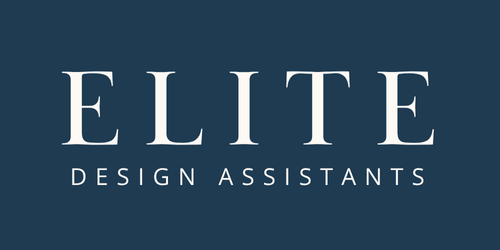As a designer, you've probably spent countless hours perfecting your craft. But let's face it, sometimes the daily grind can get a little monotonous. Adding some variety to your life can not only make you a more well-rounded person and make life more stimulating for you, but it can also lead to new creative inspiration and new opportunities in your professional life. Here are some ways to broaden your skills and horizons.
Learning a New Language
Learning a new language can be a lot of fun and one of the most gratifying things you can do. Not only will it allow you to communicate with a wider range of people, but it will also open doors to understanding different cultures, helping you to have a more comprehensive view of the world.
Technology
Another way to expand your skill set could be learning new software or technology. As we live in the digital age, keeping up with the latest technologies gives you an added advantage. Delving into topics such as artificial intelligence or virtual and augmented reality can surprise you and even potentially complement your work.
Journaling
Keeping a journal is an opportunity to reflect on your thoughts, feelings, and experiences, and can help you to gain a deeper understanding of yourself and your motivations. It also serves to highlight which things in your life are working for you and where you’d like to evolve.
Playing a Musical Instrument
Make your own music. Playing an instrument can be a great way to wind down and help you improve your concentration. Plus, learning to play an instrument can give you an appreciation for the art of composition and arranging. And who knows, you may discover a hidden talent.
Urban Exploration
You might be surprised what you find if you play tourist in your town. Urban exploration can expose you to different architectural styles and designs, abandoned buildings, and other interesting and unique spaces.
Cooking Classes
Taking classes or dedicating regular time to more special or creative recipes can be very therapeutic and help you relax, as well as produce delicious and healthy meals. It’s one way to elevate the mundane. Learning about different ingredients and techniques, not to mention cultures, is a whole world to discover.
Volunteering
Volunteering in your community is a great way to give back to society. It can also offer you new perspectives and inspiration that you might not otherwise have encountered. It helps you develop a more empathetic and understanding view of people, which can be beneficial for both your personal and professional life.
Gardening
Watching the plants you’ve nurtured grow is extremely satisfying, and it can be a refreshing change of pace from working primarily indoors. Experiment with different plants, flowers, and landscaping techniques to create cohesive and visually appealing outdoor areas.
Yoga
It’s not just a fad. Yoga can help you to improve your physical health and to reduce stress and tension in your body. The fluid movements in yoga are especially great for aligning your body and mind after hours sitting in front of the computer screen.
Photography
Photography is a great hobby for many reasons. It's flexible, mobile and learning more about photography can help interior designers visually document and showcase their work, as well as develop a keener eye for composition, lighting and color.
Picking up a new activity (or bringing back one you’ve abandoned) can be an excellent way to stay inspired and motivated – and maybe make some new friends. So, go ahead and design your life to be as beautiful and enjoyable as you can imagine.
xx, Danae
























































